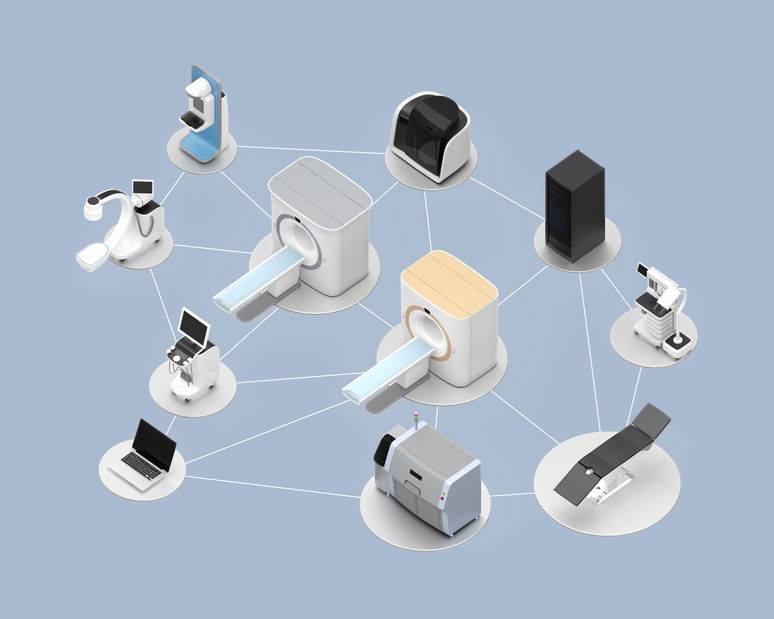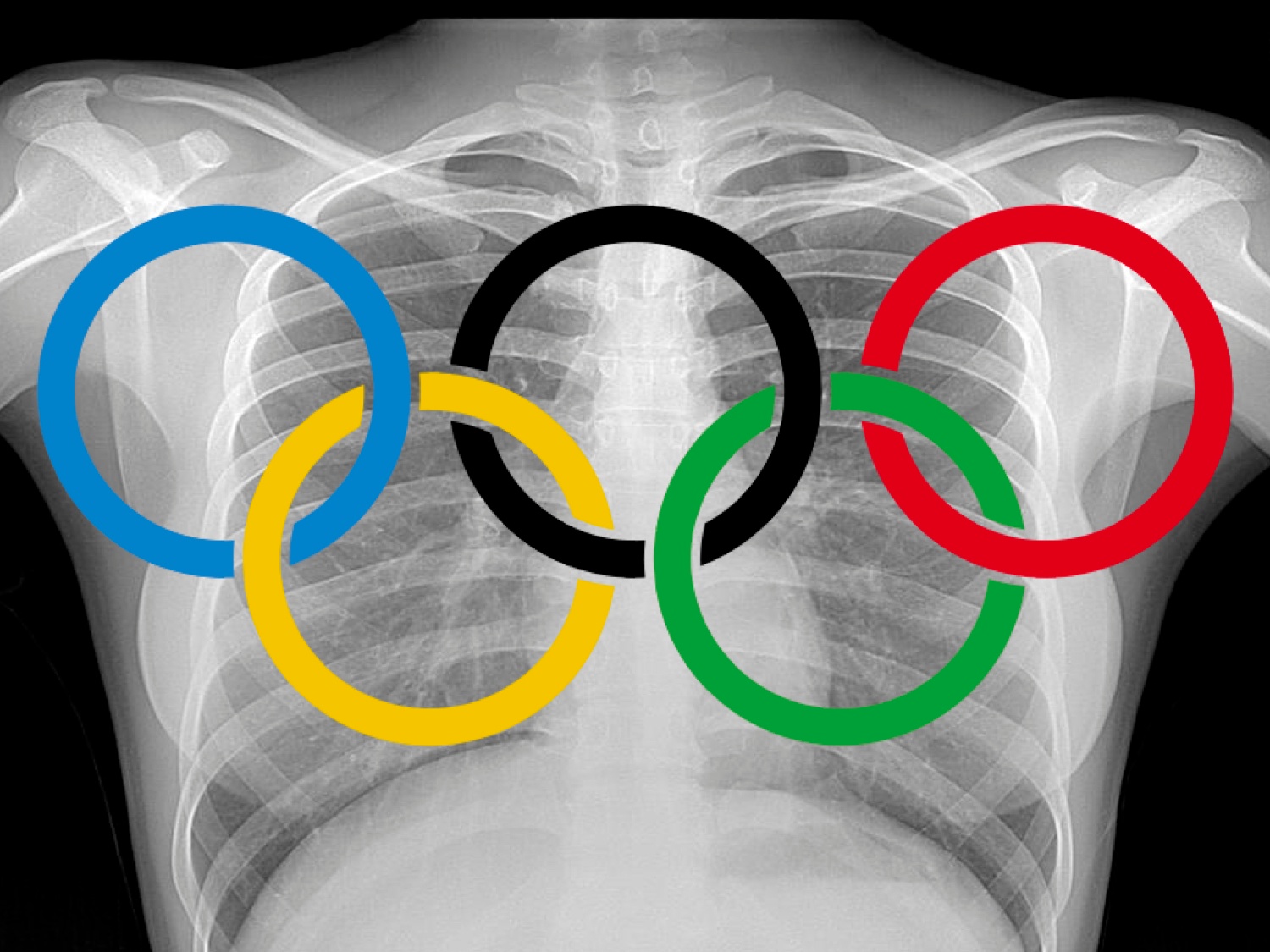How to Take Your PACS Mobile
What device are you reading this on? Smartphone? iPad? Laptop? Chances are, these days you're using your mobile device to access more information than ever.
This newfound availability of information is having a major impact on the medical field, influencing the lives and work of countless patients and doctors. What does this paradigm shift in "mobile culture" look like for your picture archiving and communication system (PACS)?
If you're thinking about riding the wave by adding mobile access and functionality to your PACS, first ask yourself: What would delivering "mobile" look like to your organization, and how are you going to achieve it? Keep reading for some answers.





